Welcome to the supplemental post for Episode 37 all about alcohol rationing during WWII! This was a really tricky one to research, just because every state’s laws were different regarding alcohol sales, distribution, consumption, and of course rationing. (The laws are still that way!)
So, while I can’t give you a perfect picture regarding alcohol rationing (I’d pretty much be writing a dissertation lol), what I outline is the basics while scratching the surface of a very complicated beast.
Library of Congress
I always like to turn to the Library of Congress to glean any interesting photos that might be lurking there.
The LOC had quite a few interesting photos surrounding alcohol and places that sold it. Seeing these places gives us a better understanding of what it was like and the culture surrounding it at the time.
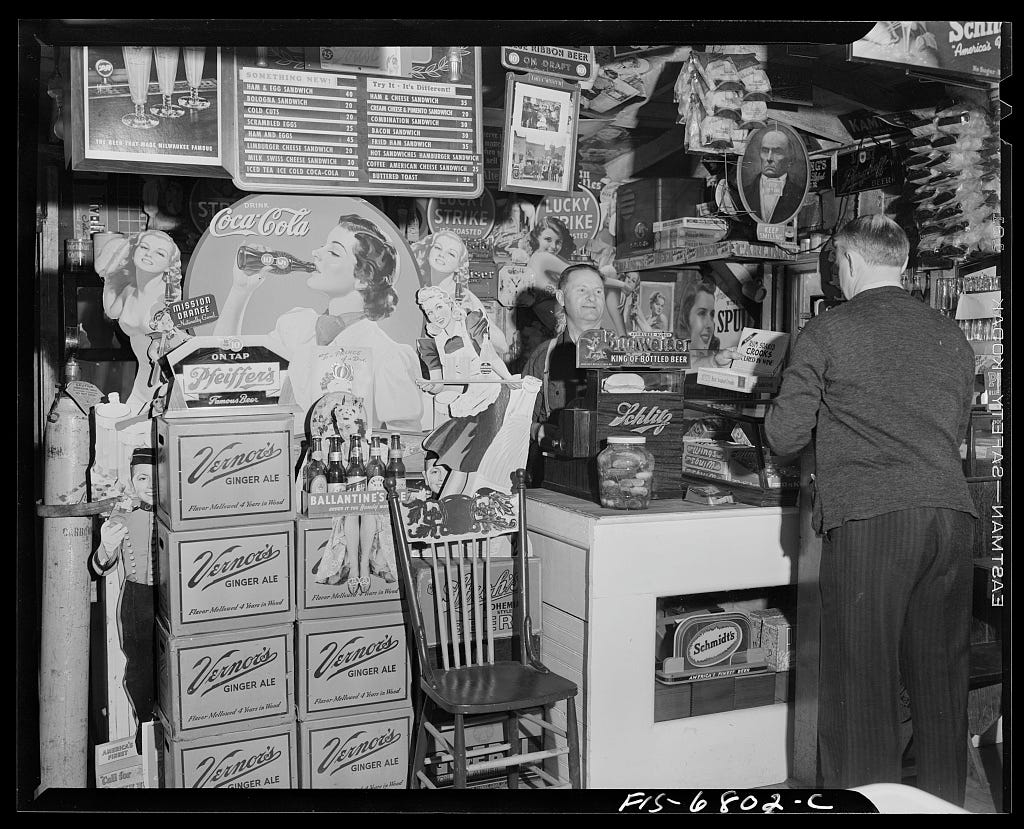
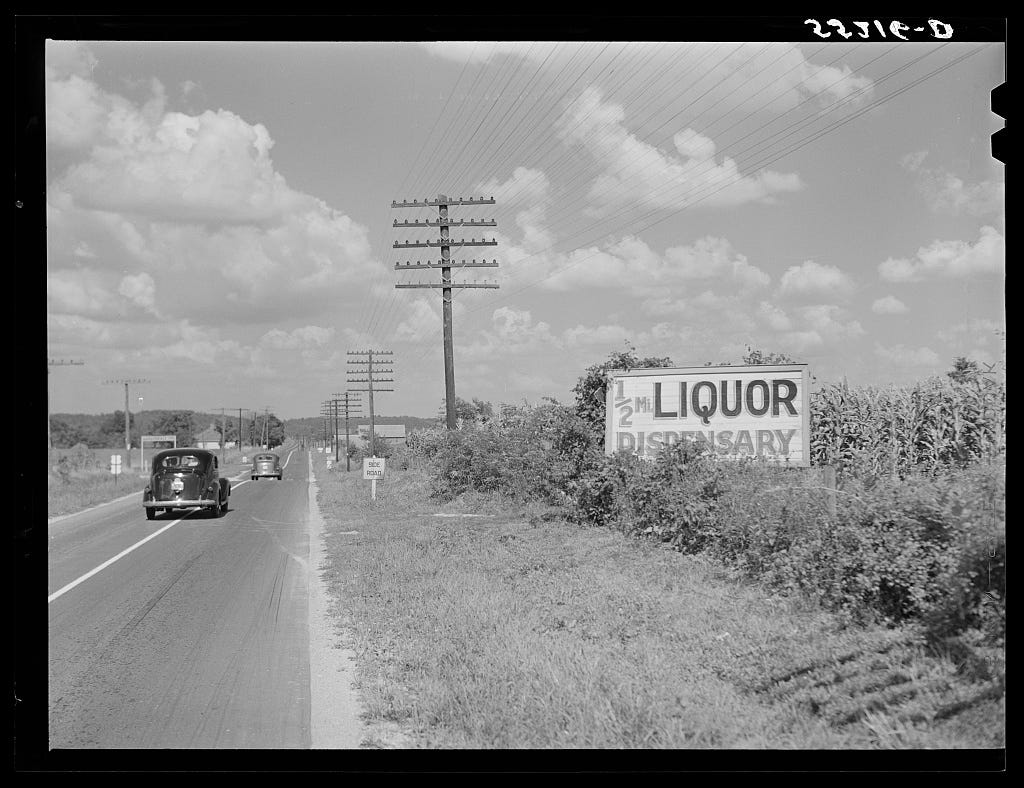

Advertisements & Articles
Ads are another great source of wartime info. While touting their product, they also tend to give little clues to what restrictions the industry is facing. The following are four examples.
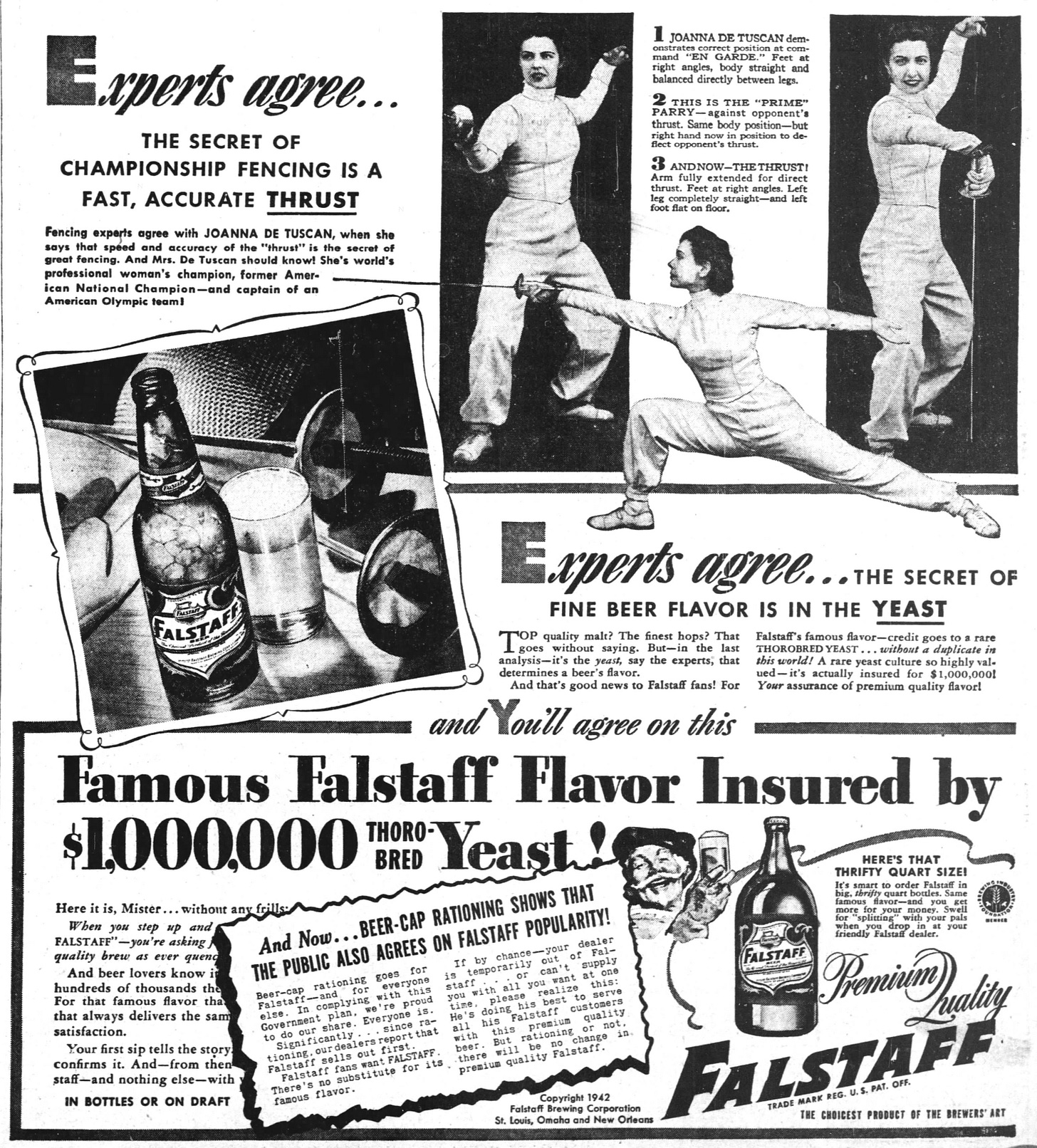
This Imperial ad has great language talking about wartime restrictions while appealing to citizens to exhibit good behavior. “That sense of fairness prompts your dealer when he limits your purchase of IMPERIAL. He may say ‘only one bottle to a customer’—but he does so only because no more whiskey is being made today: every distillery in America is producing war alcohol. Stocks on hand must last for a longer time than originally intended. And the only way to keep supplying you with a little is to permit no one to have a lot.”
Next up is an ad for Old Crow Kentucky Bourbon Whiskey
Note the explanation that this whiskey was “laid away to age years before the war” and how the company is cooperating with the government’s alcohol program.
Finally, we have this ad:
This ad is a little more subtle. At the top it encourages the buying of war bonds. But in smaller script at the bottom it says, “All our distilleries are concentrating 100% on the production of war alcohol.” Many companies still marketed their products even if they weren’t being produced during the war. They couldn’t afford to have customers forget about them.
Life, 31 December 1943
This issue had an interesting article about the whiskey shortage and how the public was reacting. The first photo is an example of cracking down on bootleggers.
Below is the article I mentioned in my episode showcasing different women’s opinions about beer rationing.

Cookbook Feature: Mrs. Rasmussen’s Book of One-Armed Cookery
The illustrations in the book are done by George Price and are just fabulous!
For the recipe, I tried the first Pizza recipe I’ve found in an American wartime-era cookbook. I chose this particular recipe because I know many people enjoy drinking beer or other alcohol with pizza. The whole premise of this cookbook is that you’re able to cook the recipes with one arm…while the other hand holds a bottle of beer. lol
If this fishy version of pizza has you questioning, I’ve got another reference for you.
I just looked into another cookbook in my collection called Herbs in the Kitchen by Irma Goodrich Mazza (1944). She explores Italian recipes to honor her Italian husband’s heritage, and she includes a recipe for pizza! She describes a pizza as “an oversized tart savory with anchovies, tomatoes and seasoning” which is a “superb food.” Her version isn’t doused in olive oil like the above recipe, but has you use the oil from the tin of anchovies the oil the dough before layering on the toppings. These include anchovies, minced garlic, canned tomatoes, a generous amount of Wild Marjoram, salt and pepper. No cheese is mentioned at all. So interesting!
Anyway, here’s how my pizza turned out!
I couldn’t bring myself to drizzle and entire cup of olive oil, so I just did 1/2 cup. It was still a lot. It soaked into the crust, there was so much, but I’m not going to lie. It tasted so good. My kids liked it too… minus the anchovies.
So, no sauce. Just mozzarella cheese, olive oil, tomatoes, anchovies and the yummy capers that were in the tin, because why not? Would you eat this pizza?
RESOURCES
WEBSITES:
What is the difference between Liquor, Liqueur, Cordials and Spirits?
A technical definition of beer
U.S. History of Alcohol Minimum Purchase Age by State
List of Dry Communities by State
Blue Blazes Whiskey Still Exhibit Trail
How WWII Saved American Beer Brewing
A Farewell to Sobriety Part II: Drinking During World War II
The Close Connection Between Beer and War
American Beer (1941-1948): Years of Myth, War, and Famine
The American Debate about Alcohol Consumption During World War II
World War 2 and the Distilling Industry
Life and Liquor at “Leftover” Field -state of Utah liquor rationing card
A Brief Legislative History About Home Brewing in the United States, Part 1
The American Debate about Alcohol Consumption During World War II
Spirited Republic - free ebook download of Smithsonian exhibition book
ABC Stores (Alcohol Beverage Control State)
The Close Connection Between Beer and War
IMAGES:
Bottle Fatigue. Office for Emergency Management, Office of War Information. National Archives, 1942-1945.
Three Men in Front of Liquor Store. Borger, Texas. Men in front of a liquor store. John Vichon, photographer. Library of Congress LC-USW3- 011963-D, November 1942.
American Liquor Store. Palacios, Texas. Liquor store. John Vichon, photographer. Library of Congress LC-USW3- 031043-E, May 1943.
Owner of liquor store. Costilla, New Mexico. Russell Lee, photographer. Library of Congress LC-USF34- 037031-D, July 1940.
Old trolley car, now a liquor store, along highway near Perrine, Florida. Marion Post Wolcott, photographer. Library of Congress LC-USF34- 050490-D, January 1939.
Saloon and liquor store near Cudahy packing plant. South Omaha, Nebraska. John Vachon, photographer. Library of Congress LC-USF34- 008820-D, November 1938.
[Untitled photo, possibly related to: Liquor store, Omaha, Nebraska]. John Vachon, photographer. Library of Congress LC-USF33- 001287-M5, November 1938.
Signs advertising liquor stores are seen frequently along all Kentucky highways. South of Bardstown. Marion Post Wolcott, photographer. Library of Congress LC-USF34- 055216-D [P&P] LOT 1459, July 1940.
Jackson, Michigan. Farmers Drinking Beer. Arthur S. Seigel, photographer. Library of Congress LC-USW3- 016443-E [P&P] LOT 675, 1941 Fall.
Interlochen, Michigan. National music camp where 300 or more young musicians study symphonic music for eight weeks each summer. Soft drink and beer signs at beer parlor near camp. Arthur S. Siegel, photographer. Library of Congress LC-USW3- 006802-C [P&P] LOT 22, Aug? 1942.
NEWSPAPERS: (all articles were accessed via Newspapers.com)
The Birmingham News (AL) 15 Jul 1943.
The Bellingham Herald (WA) 6 Jul 1943.
Evening Courier (NJ) 30 Jan 1943.
Lancaster Eagle Gazette (OH) 10 Aug 1944.
Dayton Daily News (OH) 1 Jun 1943.
The Morning News (DE) 22 Apr 1943.
The Daily Advocate (OH) 20 May 1943.
Montpelier Evening Argus (VT) 3 Aug 1943.
The Courier News (NJ) 27 May 1943.
The Salt Lake Tribune (UT) 5 Jun 1943.
The Plain Speaker (PA) 3 Oct 1942.
Kenosha News (WI) 14 Jul 1944.
Spokane Chronicle (WA) 19 Jan 1943.
The Times (IN) 17 Mar 1944.
Durham Sun (NC) 27 Sept 1943.
The Knoxville News Sentinel (TN) 11 Jan 1942.
Enterprise Record (CA) 2 Dec 1942.
The Winnipeg Tribune (Canada) 9 Jan 1944.
The Olympian (WA) 18 Jul 1943.
The Clayton Record (AL) 10 Sept 1943.
The Brookfield Argus and the Linn County Fairmen (MO) 2 Apr 1943.
Evening Herald Courier (TN) 18 Dec 1942.
The Times Herald (MI) 24 Jul 1943.
Fort Worth Star (TX) 20 Aug 1942.
Portage Daily Registrar (WI) 25 Aug 1943.
Bartlesville Examiner Enterprise (OK) 28 Jul 1943.
San Angelo Standard Times (TX) 14 Apr 1943.
Traverse City Record Eagle (MI) 7 Mar 1947.
Great Falls Tribune (MT) 18 Jan 1947.


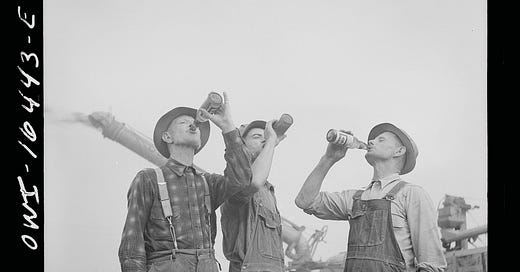



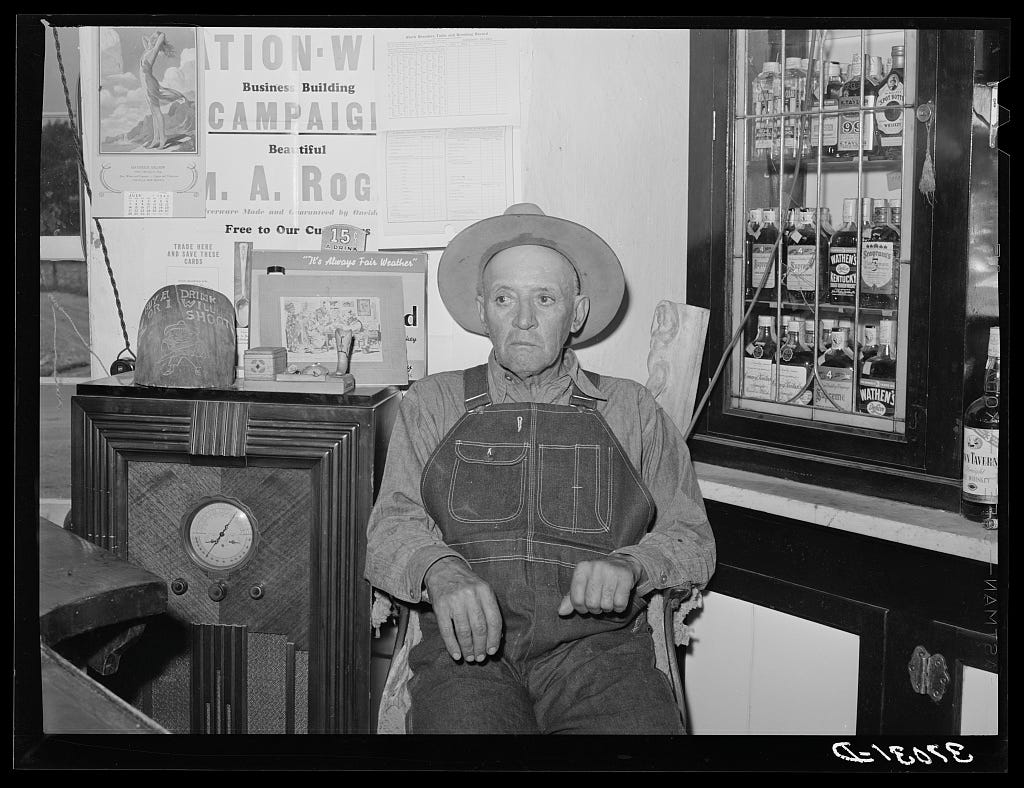
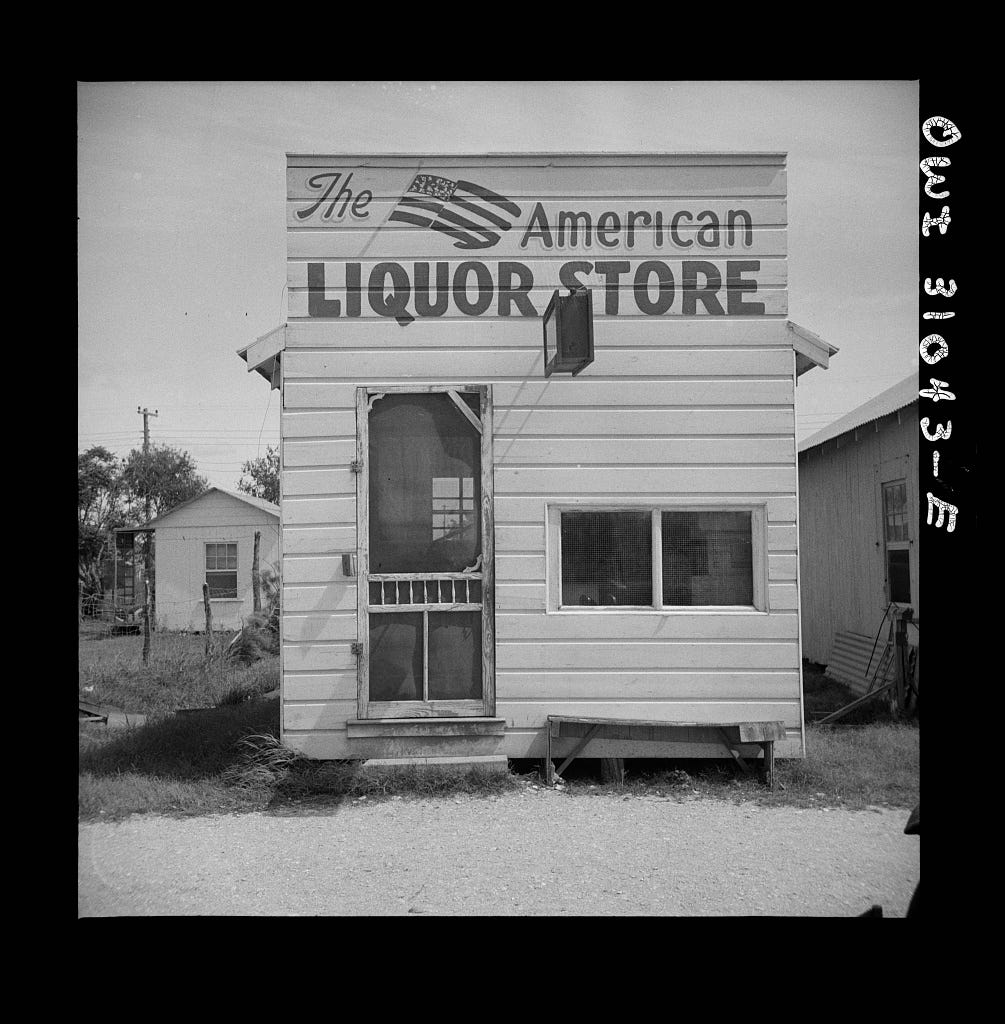
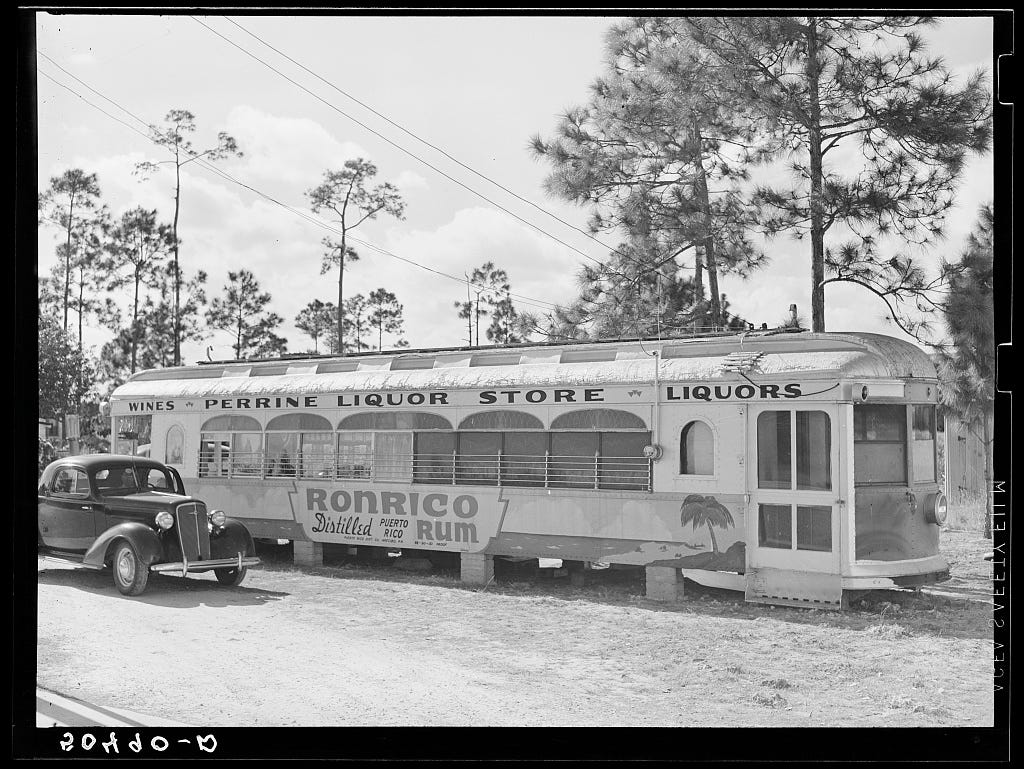
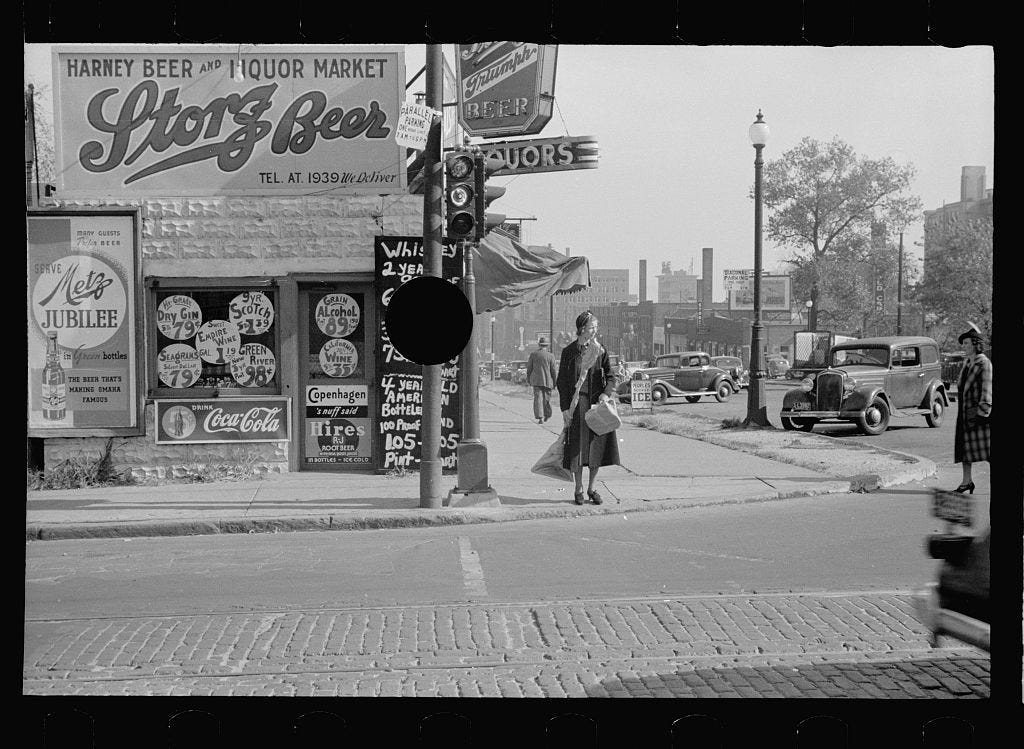
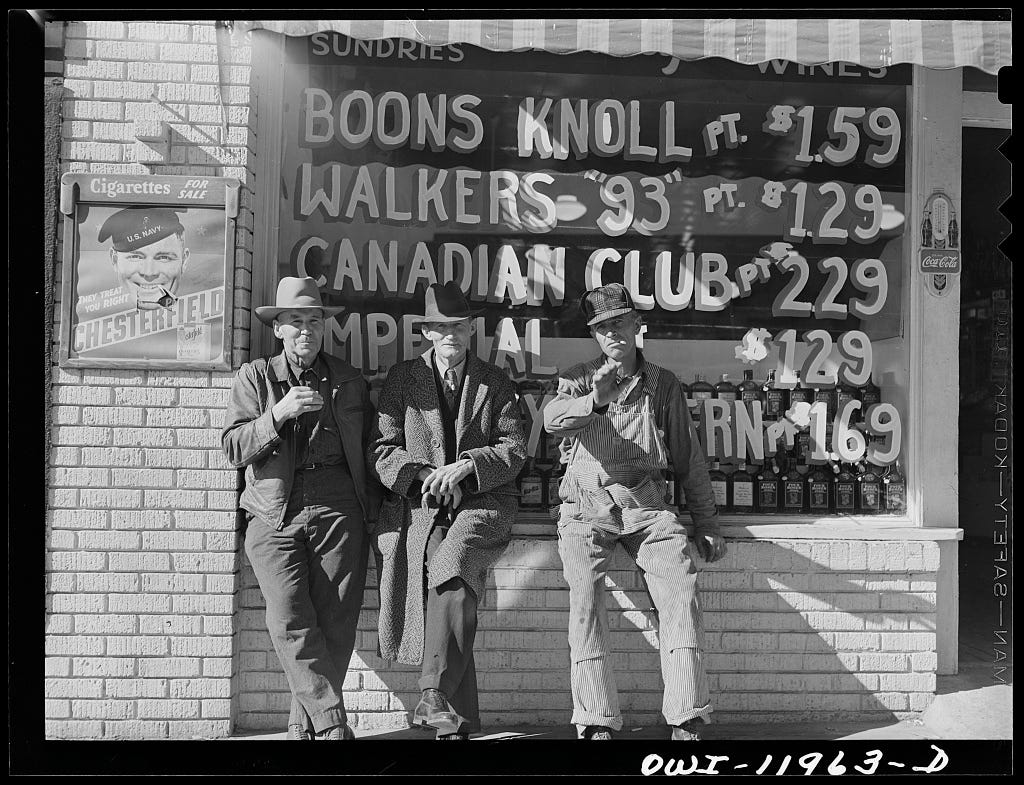
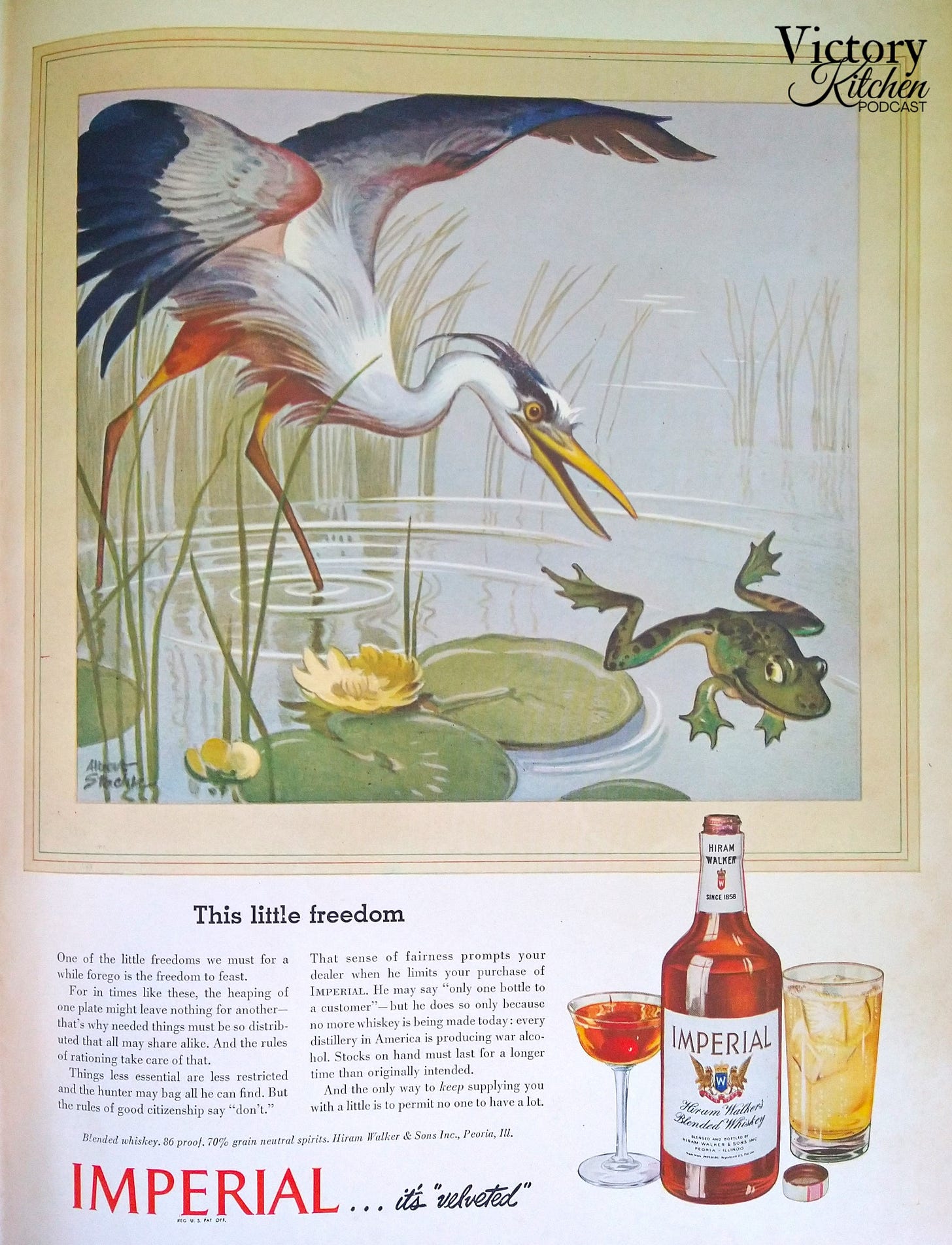
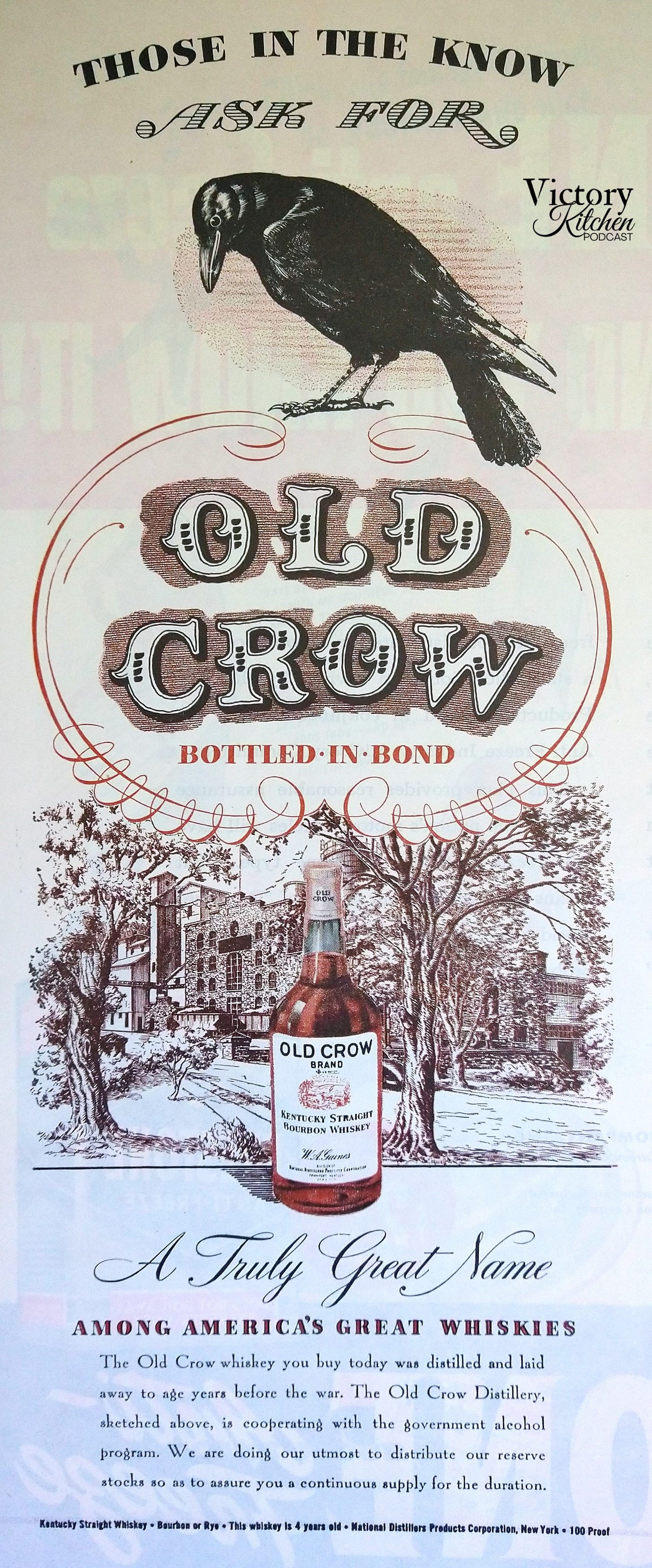
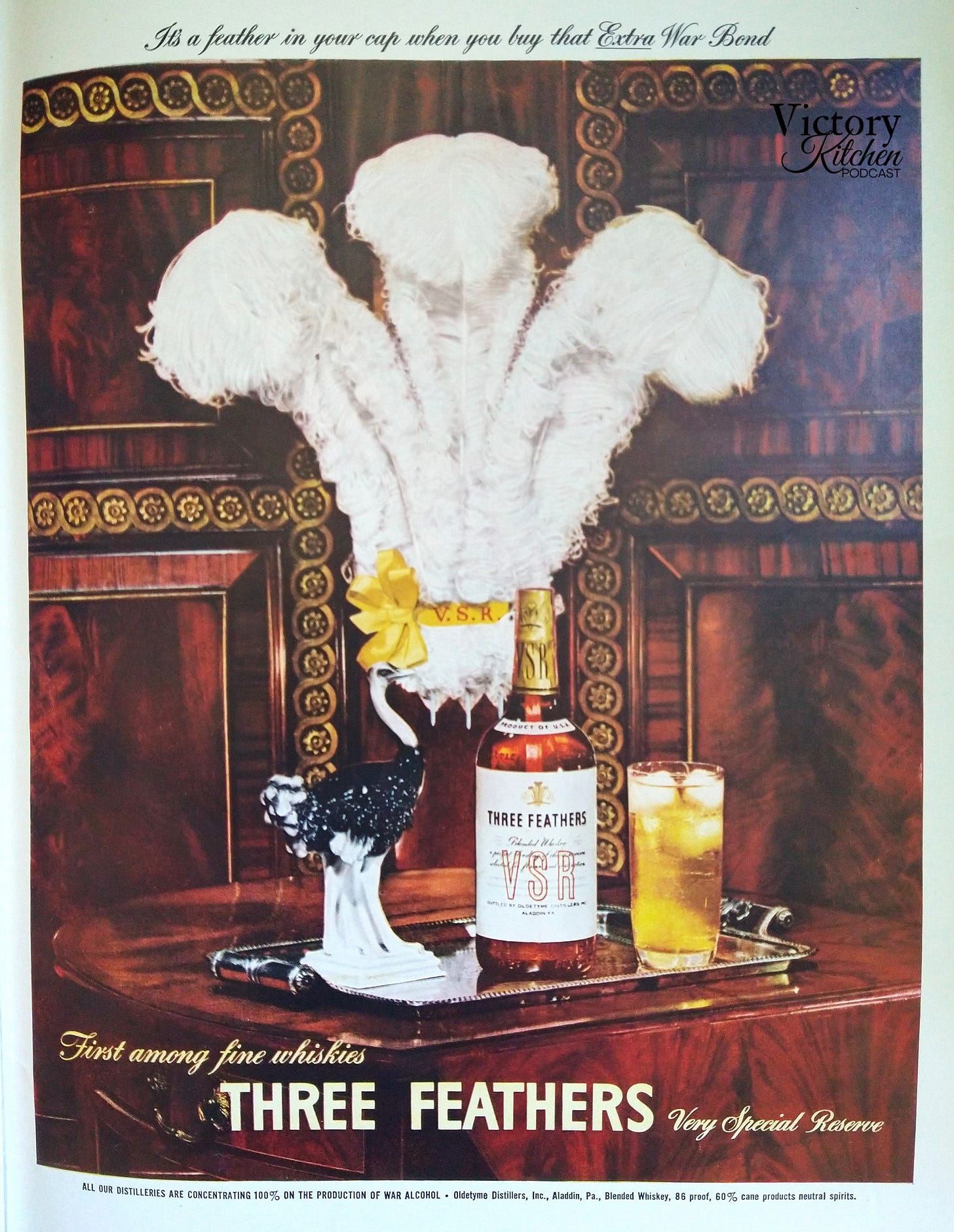
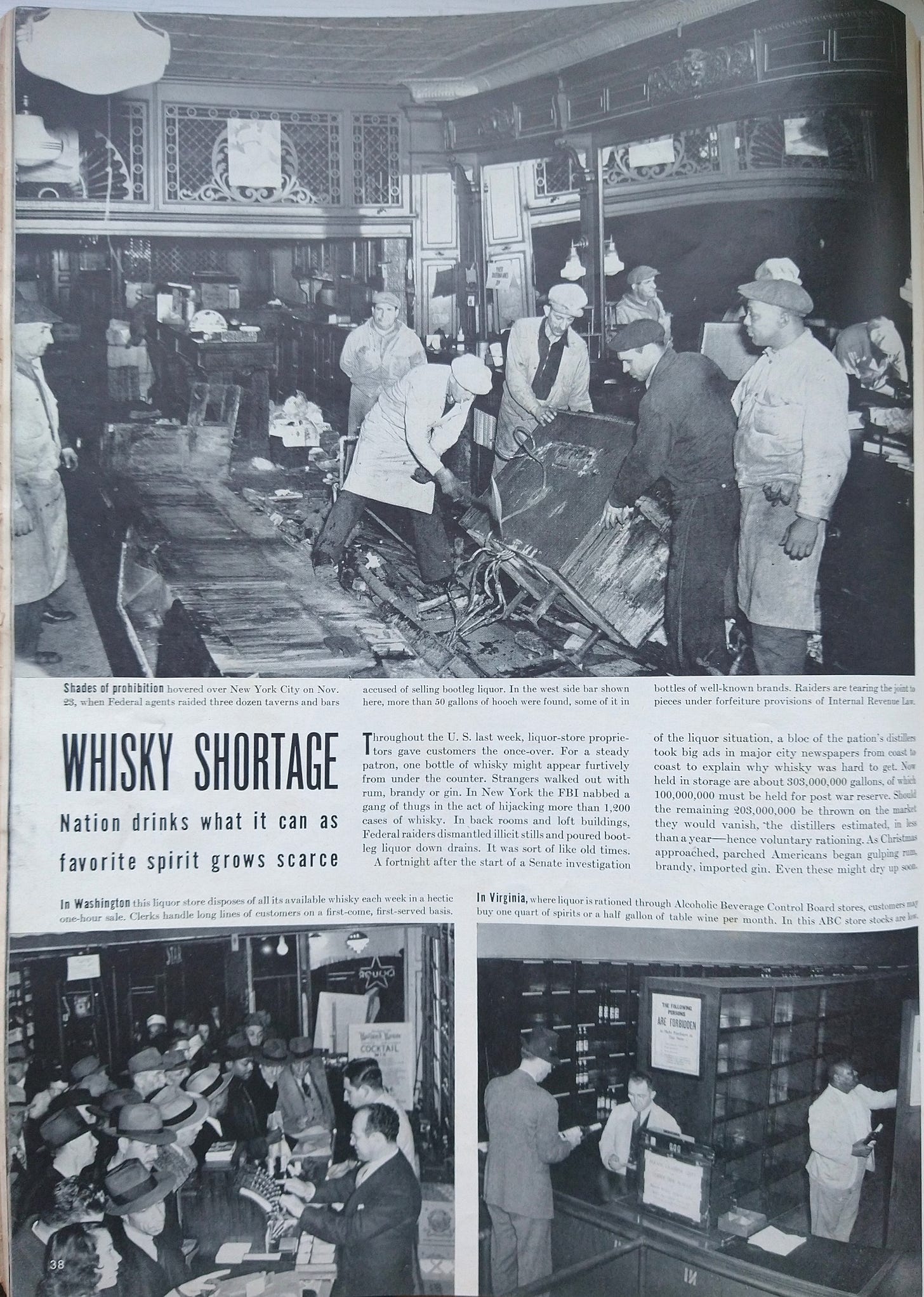
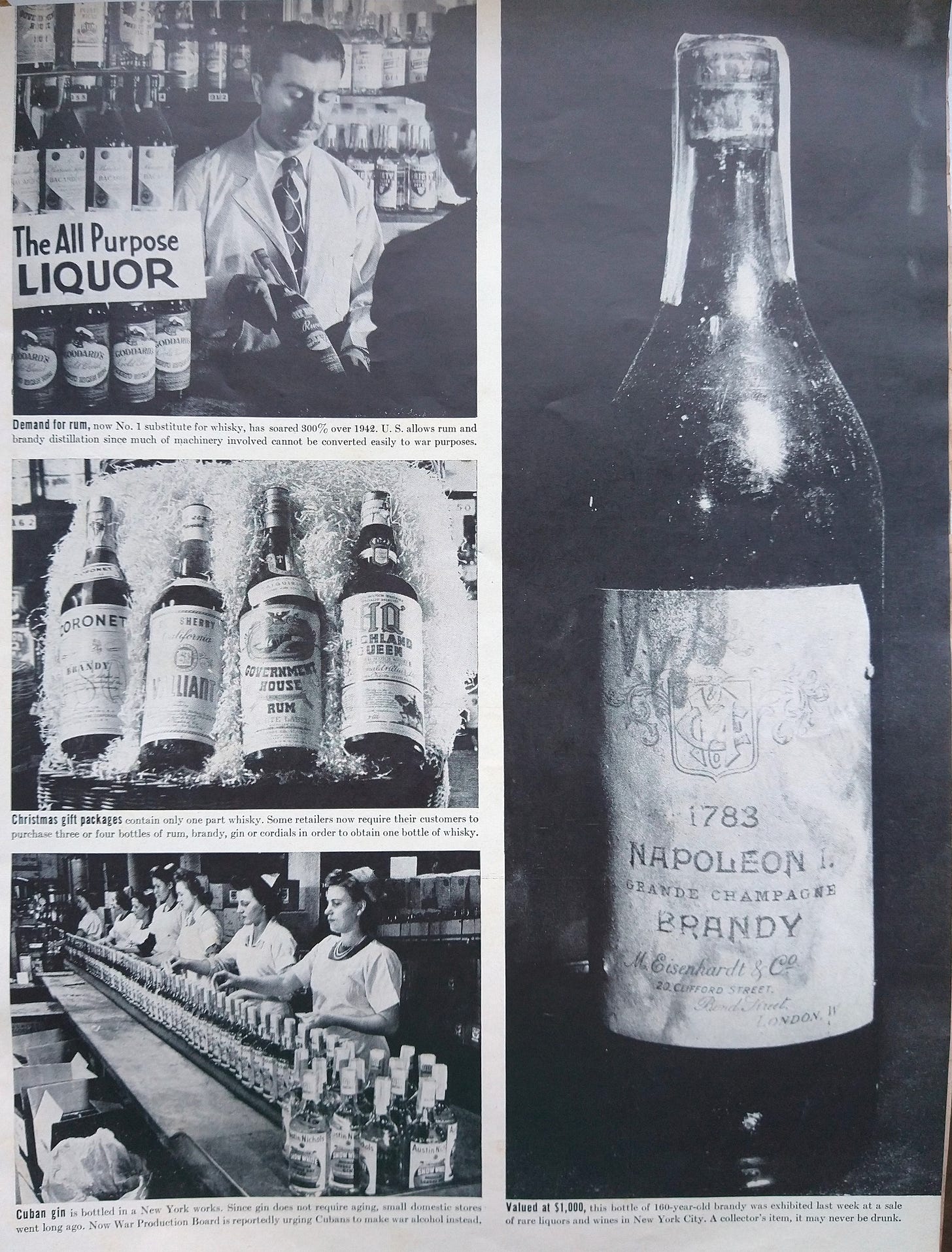

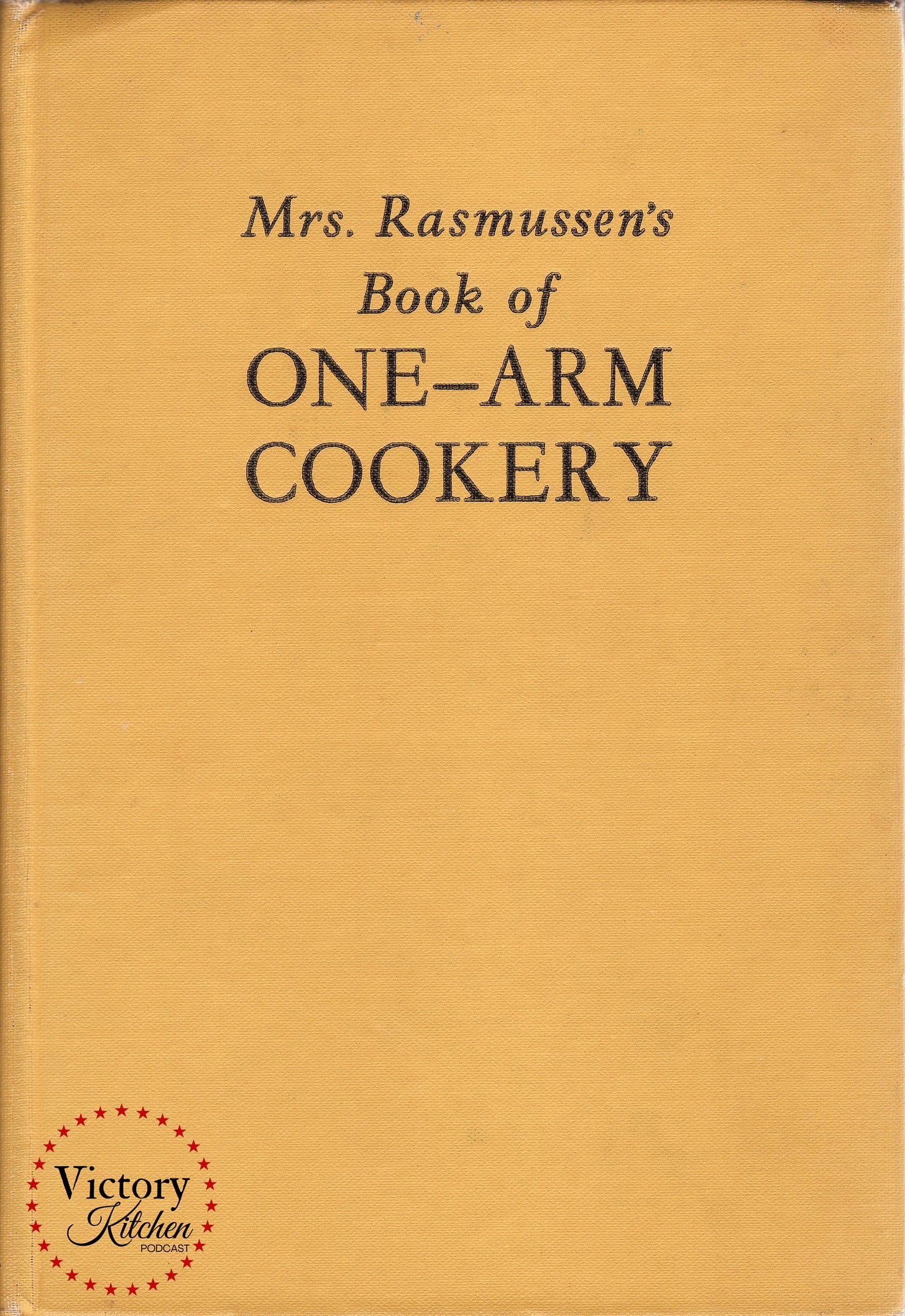
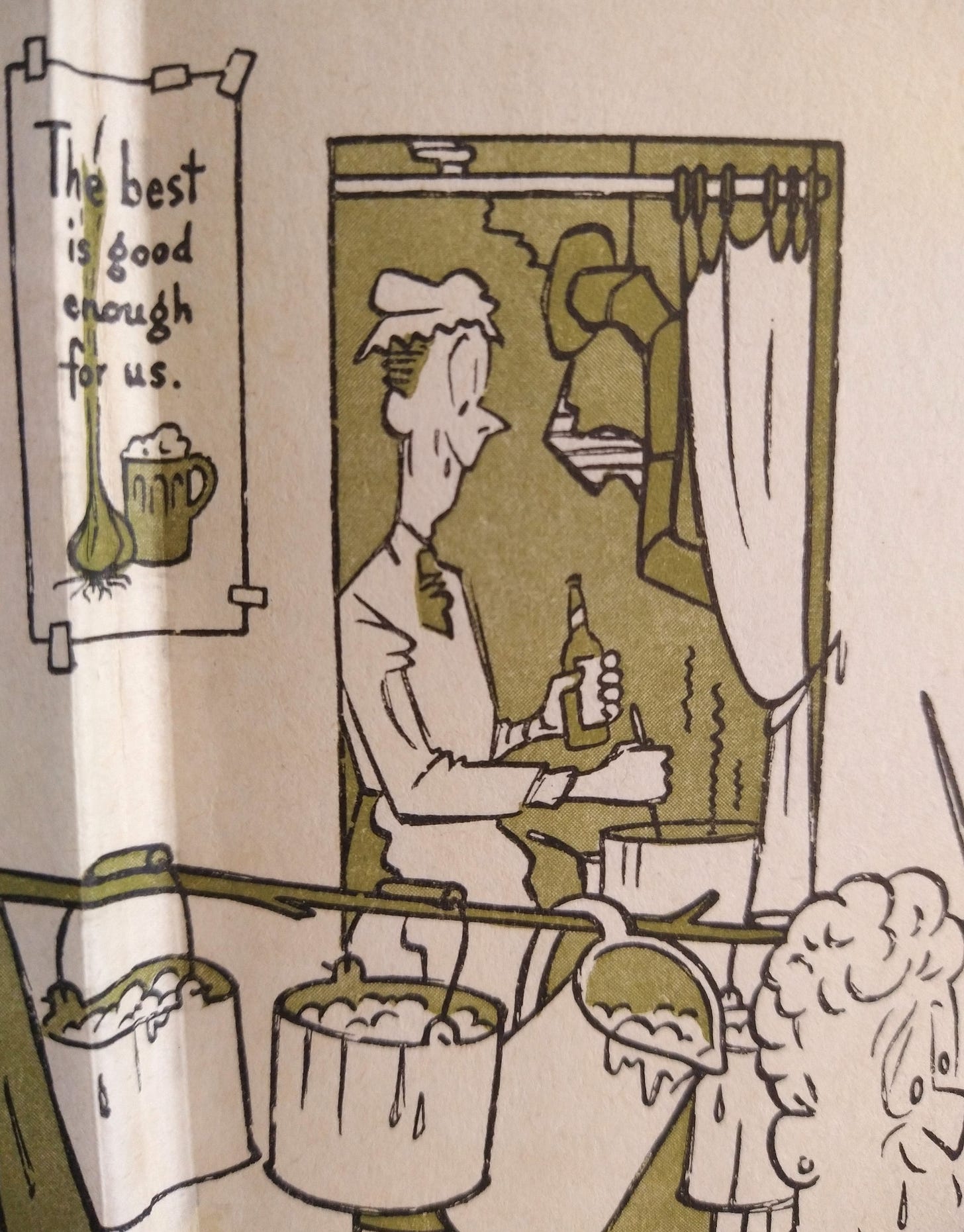

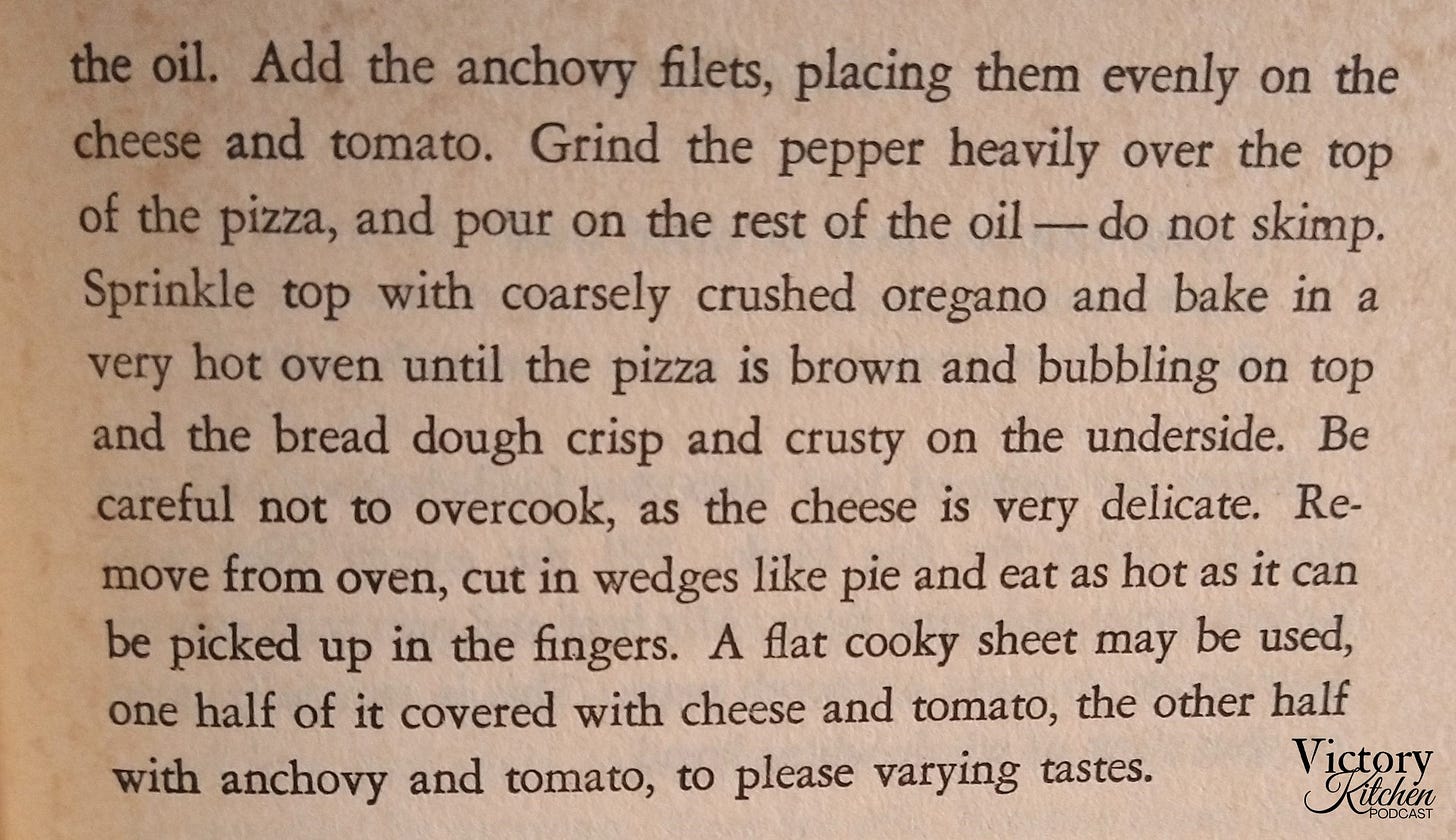
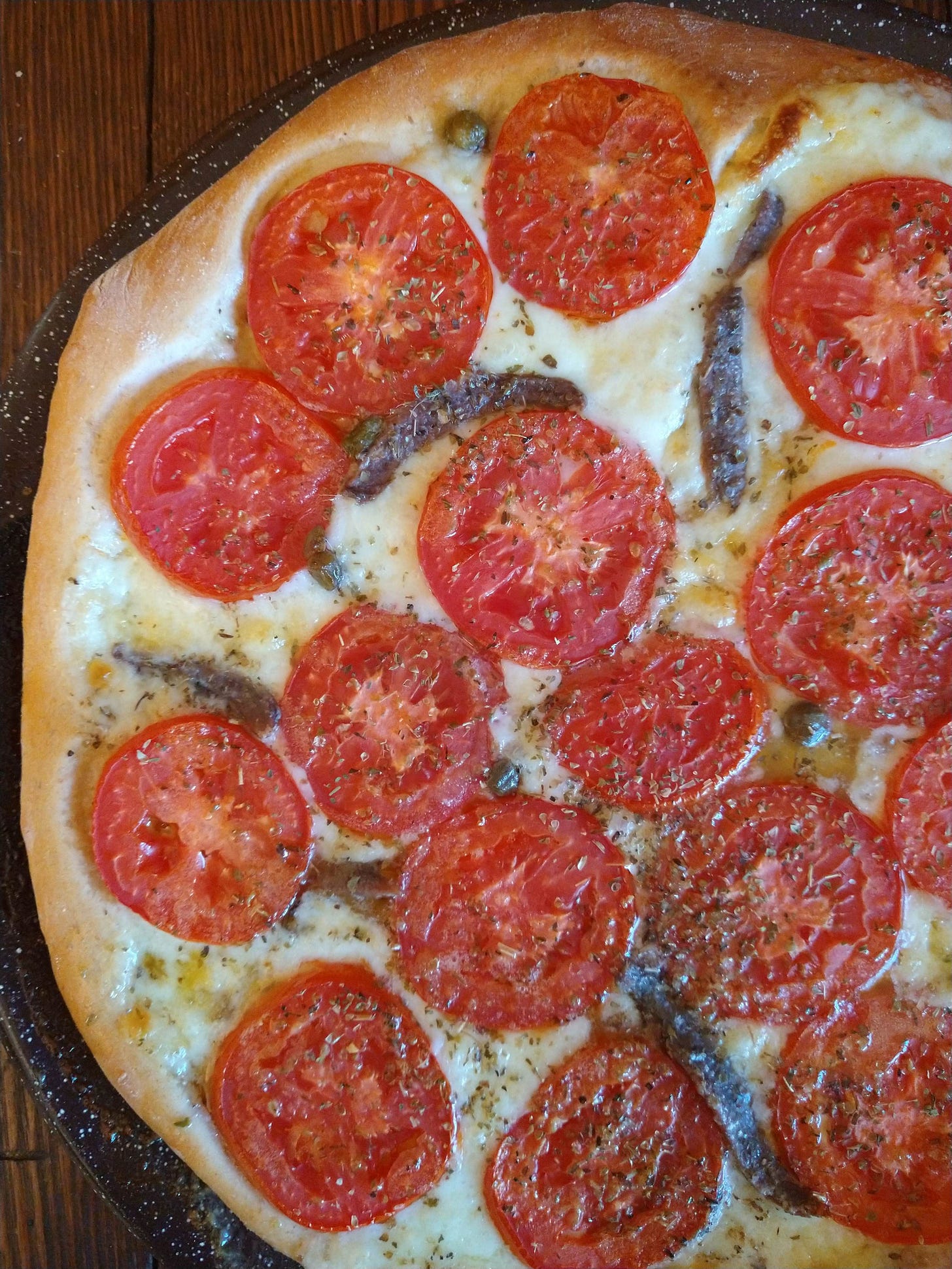
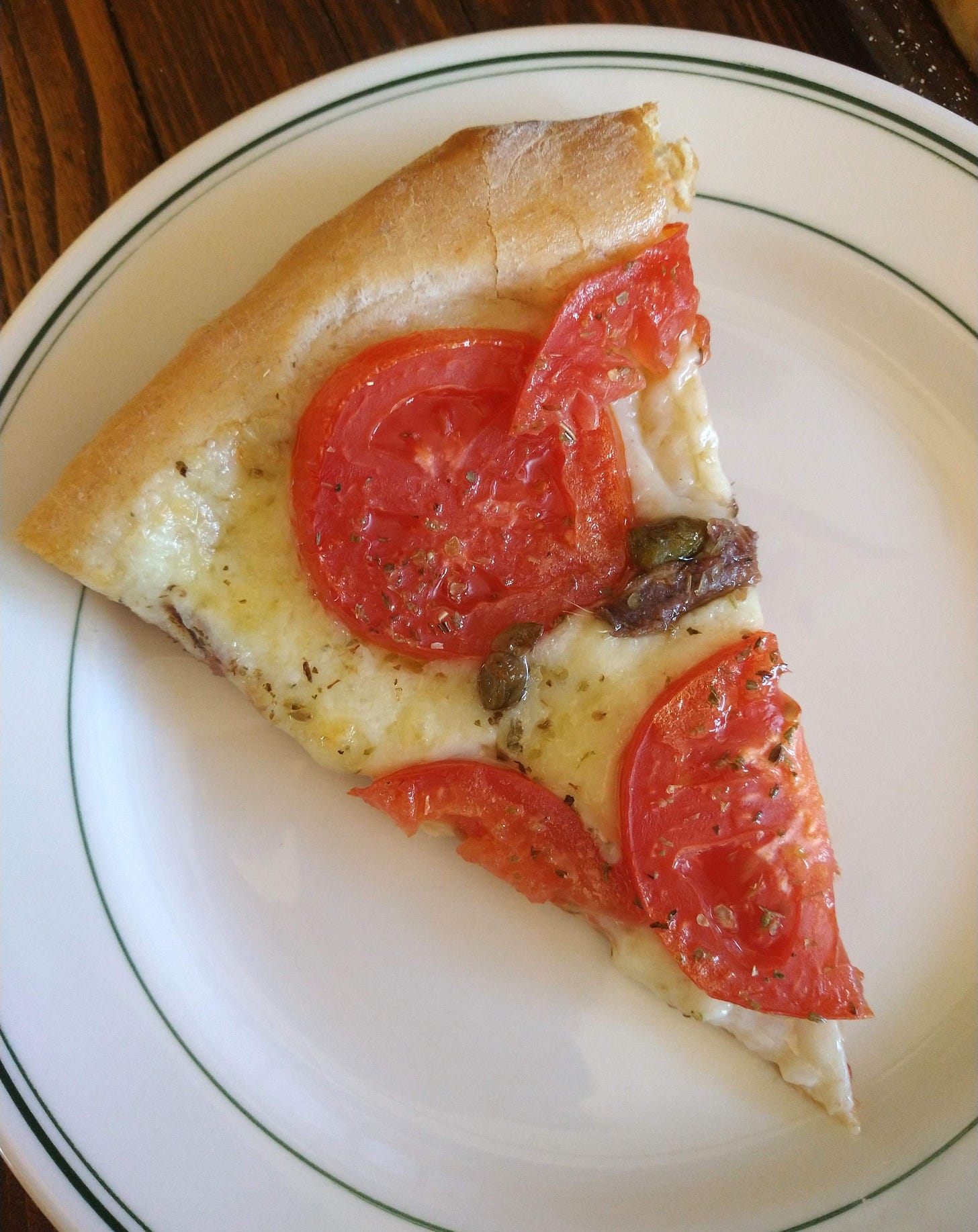
LOLing over that one-armed cookbook!!